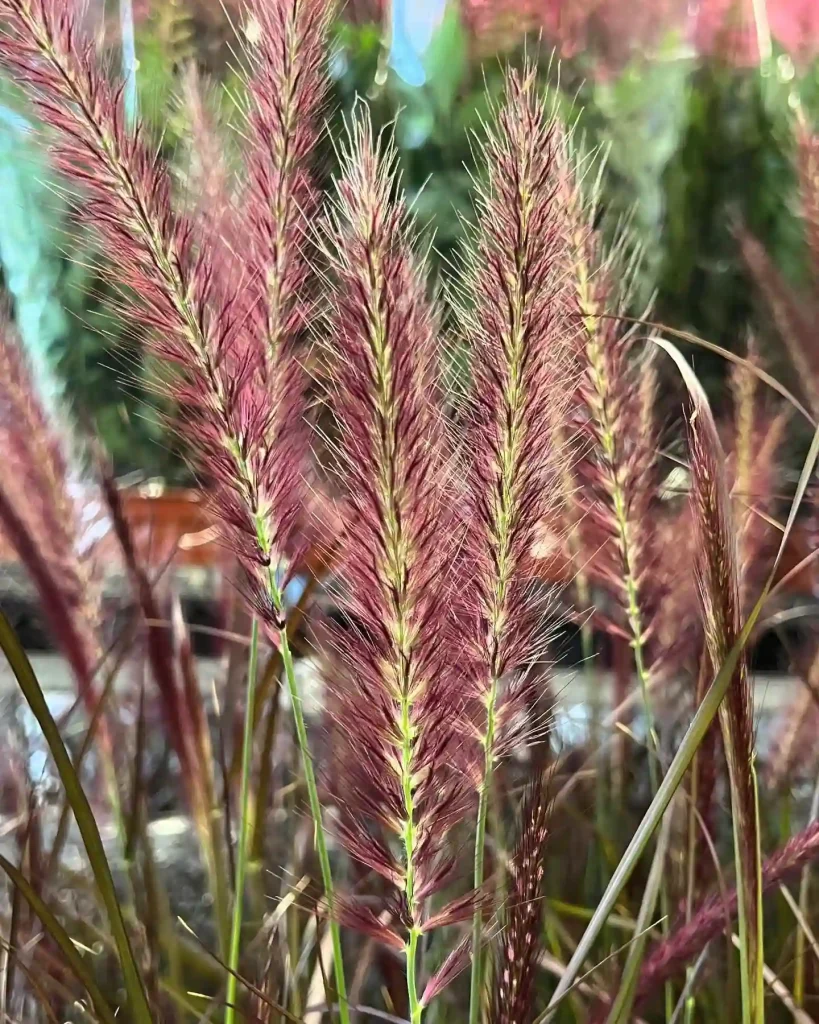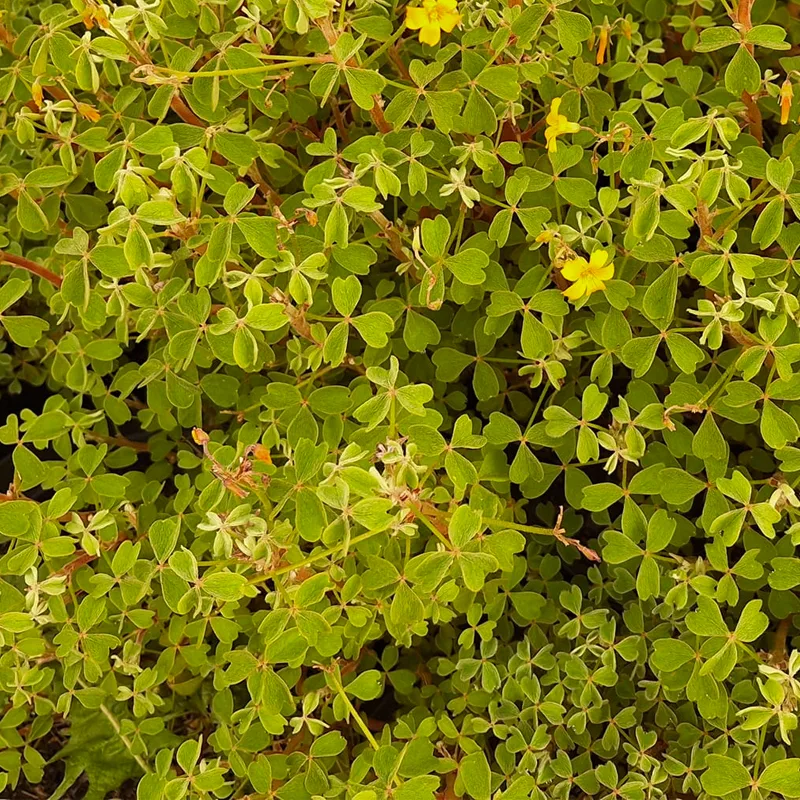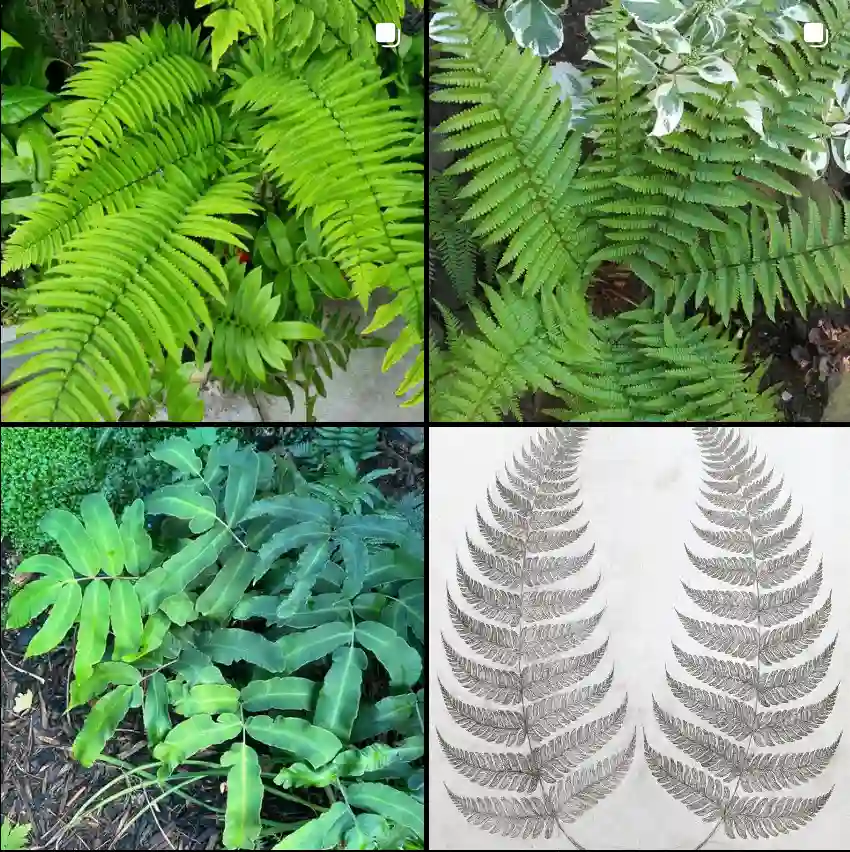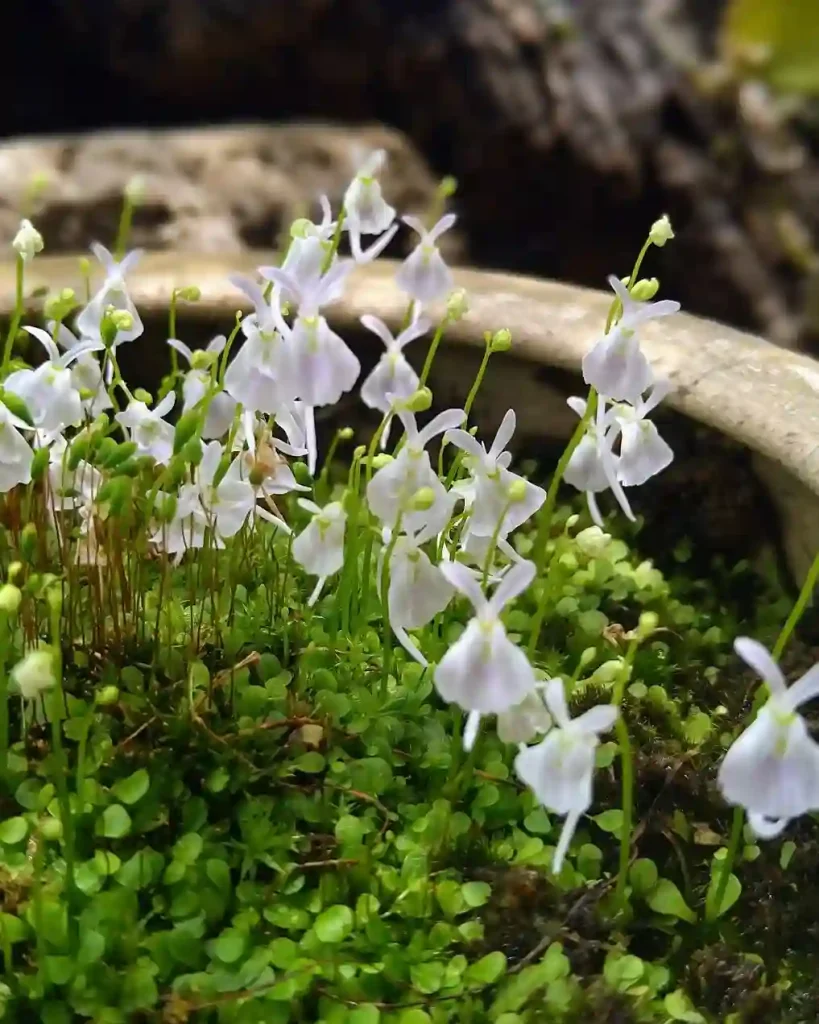FAQs About Spinderella Hibiscus: My Experiences and Insights
I’ve had the pleasure of growing a Spinderella Hibiscus in my garden, and I can confidently say it’s one of the most eye-catching plants out there. With its unique swirling red and white petals, this variety stands out as both exotic and resilient. Over time, I’ve learned a lot about how to care for it, the benefits it offers, and even some of the challenges you might encounter. I’m excited to share my personal experiences and insights to help others enjoy this stunning plant as much as I do.
What is Spinderella Hibiscus?
Spinderella Hibiscus is a type of tropical hibiscus known for its striking appearance. The blooms are large, up to 6 inches in diameter, with a unique swirling pattern of red and white petals. The plant itself is a bushy, evergreen shrub that can reach heights of 4 to 6 feet, making it a focal point in any garden.
What sets the Spinderella Hibiscus apart from other hibiscus varieties is its distinct color pattern and the way the petals twist, giving the bloom a dynamic, almost three-dimensional look. It’s a real showstopper, perfect for those who want something out of the ordinary in their garden.
How to Care for Spinderella Hibiscus?
Light and Temperature
Spinderella Hibiscus thrives in full sunlight, needing at least 6 hours of direct light each day. While it can tolerate partial shade, the blooms are most vibrant when the plant gets ample sunlight. In terms of temperature, it prefers a warm climate, ideally between 60-90°F. However, it can survive short periods of cooler temperatures, but anything below 50°F can stress the plant.
Watering
This hibiscus variety likes consistent moisture but doesn’t do well in waterlogged soil. I’ve found that watering it deeply once a week works best, but during hot spells, you may need to water more frequently. Just be sure the soil has good drainage to prevent root rot.
Soil and Fertilization
Spinderella Hibiscus prefers slightly acidic soil with a pH of 6.0 to 6.5. The soil should be rich in organic matter and well-drained. I usually add compost to the soil mix to boost its nutrient content. Fertilize the plant every two weeks during the growing season with a balanced, water-soluble fertilizer to encourage healthy growth and blooming.
Pruning
Pruning is essential for maintaining the shape and size of your Spinderella Hibiscus. I usually prune mine in early spring, cutting back about a third of the plant. This helps promote new growth and keeps the plant from becoming too leggy.
How to Propagate Spinderella Hibiscus?
Propagating Spinderella Hibiscus is relatively straightforward. The most effective method is through stem cuttings. Here’s what I do:
- Choose a healthy stem: I select a green, non-flowering stem that’s about 4-6 inches long.
- Cut and prepare: I make a clean cut just below a leaf node and remove the lower leaves.
- Rooting hormone: Although optional, dipping the cut end in rooting hormone can speed up the process.
- Planting: I plant the cutting in a pot filled with a moist, well-draining soil mix and keep it in a warm, bright spot.
- Care: Keep the soil consistently moist and cover the cutting with a plastic bag to maintain humidity. Roots typically develop in 4-6 weeks.
What to Plant with Spinderella Hibiscus?
When it comes to companion planting, I like to pair Spinderella Hibiscus with plants that complement its vibrant colors and growth habit. Some great options include:
- Lantana: Its bright yellow or orange flowers contrast beautifully with the hibiscus blooms.
- Croton: The variegated foliage of croton adds an extra layer of interest.
- Ornamental grasses: These provide a nice textural contrast and can help fill in the space around the hibiscus.
Benefits of Growing Spinderella Hibiscus
Beyond its stunning visual appeal, Spinderella Hibiscus offers several benefits:
- Pollinator-friendly: The large, showy flowers attract butterflies and hummingbirds, making your garden more vibrant and lively.
- Tropical ambiance: With its exotic blooms, Spinderella Hibiscus can transform your garden into a tropical paradise.
- Low maintenance: Once established, this plant is relatively low-maintenance, especially if grown in the right conditions.
Is Spinderella Hibiscus Toxic?
One of the common concerns with ornamental plants is toxicity. Fortunately, Spinderella Hibiscus is non-toxic to both humans and pets. This makes it a safe choice for gardens, especially those with children or pets.
Common Problems with Spinderella Hibiscus
Even though Spinderella Hibiscus is generally easy to care for, there are a few common issues you might encounter:
- Aphids and Spider Mites: These pests can be a problem, particularly in warm, dry conditions. I’ve found that a simple spray of soapy water usually does the trick, but you may need to repeat it several times.
- Leaf Yellowing: This is often a sign of overwatering or poor drainage. Ensure your plant’s soil isn’t waterlogged and that it’s getting enough sunlight.
- Powdery Mildew: This fungal disease can appear if the plant is kept too damp or in too much shade. Improving air circulation and reducing humidity can help prevent this.
Comparing Spinderella Hibiscus with Other Hibiscus Varieties
Spinderella Hibiscus is often confused with other red and white hibiscus varieties, like the Peppermint Schnapps Hibiscus. However, what sets Spinderella apart is the distinct spiral pattern of its petals, which is more pronounced than in other varieties. Additionally, Spinderella tends to have a more compact growth habit, making it ideal for smaller gardens or container planting.
Conclusion
Spinderella Hibiscus is a unique and beautiful addition to any garden. Its vibrant, spiraling blooms and relatively low-maintenance care make it a favorite among gardeners who want to add a touch of the exotic to their landscape. With the right care, you can enjoy this plant’s stunning flowers year after year. I hope my experiences and insights help you get the most out of growing your own Spinderella Hibiscus.




